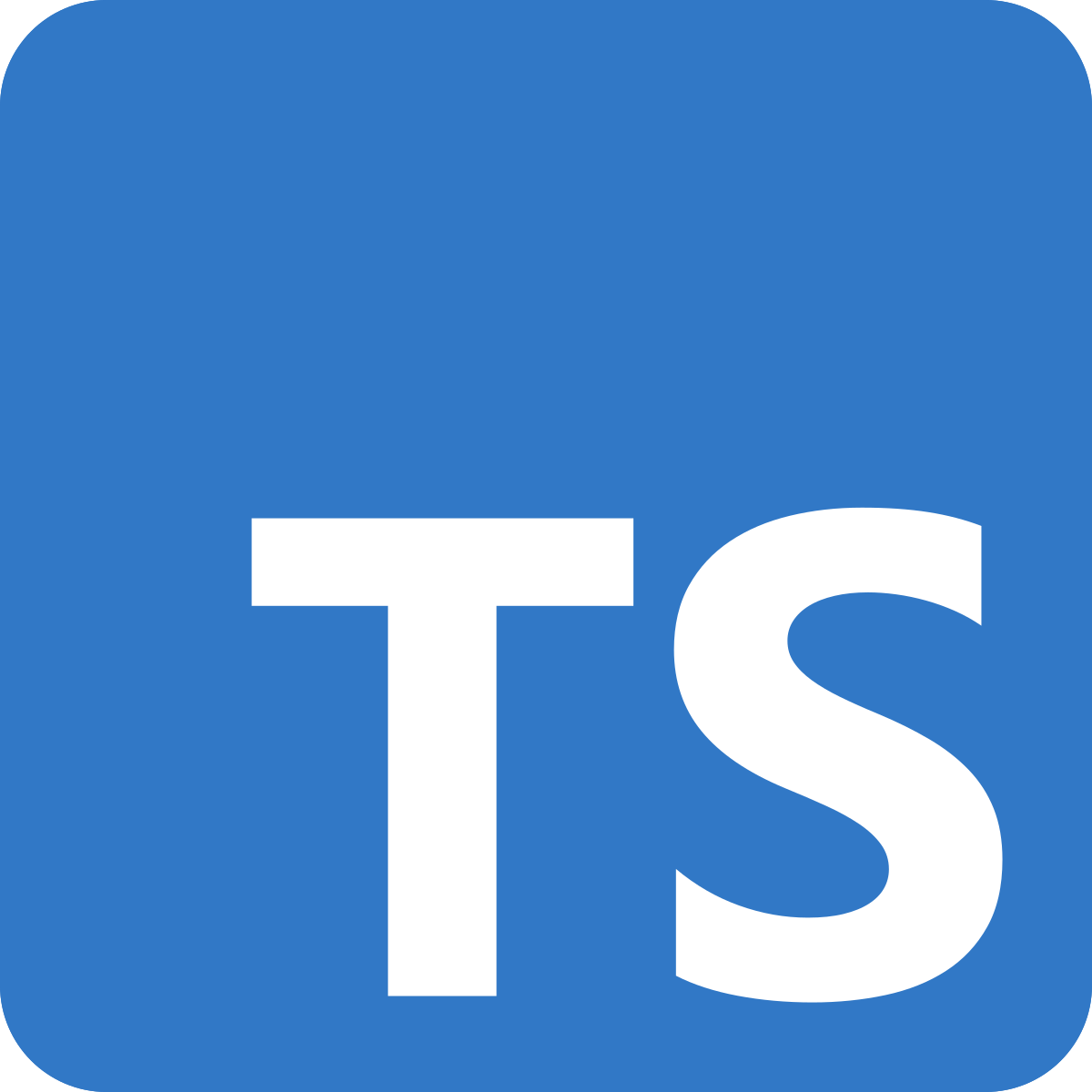Technologies i use

JavaScript
JavaScript, often abbreviated as JS, is a programming language and core technology of the Web, alongside HTML and CSS. 99% of websites use JavaScript on the client side for webpage behavior.

TypeScript
TypeScript is a free and open-source high-level programming language developed by Microsoft that adds static typing with optional type annotations to JavaScript. It is designed for the development of large applications and transpiles to JavaScript.

Node.JS
Node.js is a cross-platform, open-source JavaScript runtime environment that can run on Windows, Linux, Unix, macOS, and more. Node.js runs on the V8 JavaScript engine, and executes JavaScript code outside a web browser.

SvelteKit
SvelteKit is built on Svelte, a UI framework that uses a compiler to let you write breathtakingly concise components that do minimal work in the browser, using languages you already know — HTML, CSS and JavaScript. It's a love letter to web development.

HyperText Markup Language
Hypertext Markup Language (HTML) is the standard markup language for documents designed to be displayed in a web browser. It defines the content and structure of web content. It is often assisted by technologies such as Cascading Style Sheets (CSS) and scripting languages such as JavaScript.
CSS (Cascading Style Sheets)
Cascading Style Sheets (CSS) is a style sheet language used for specifying the presentation and styling of a document written in a markup language such as HTML or XML (including XML dialects such as SVG, MathML or XHTML).[1] CSS is a cornerstone technology of the World Wide Web, alongside HTML and JavaScript.

C#
C# is a general-purpose high-level programming language supporting multiple paradigms. C# encompasses static typing,[16]: 4 strong typing, lexically scoped, imperative, declarative, functional, generic,[16]: 22 object-oriented (class-based), and component-oriented programming disciplines.